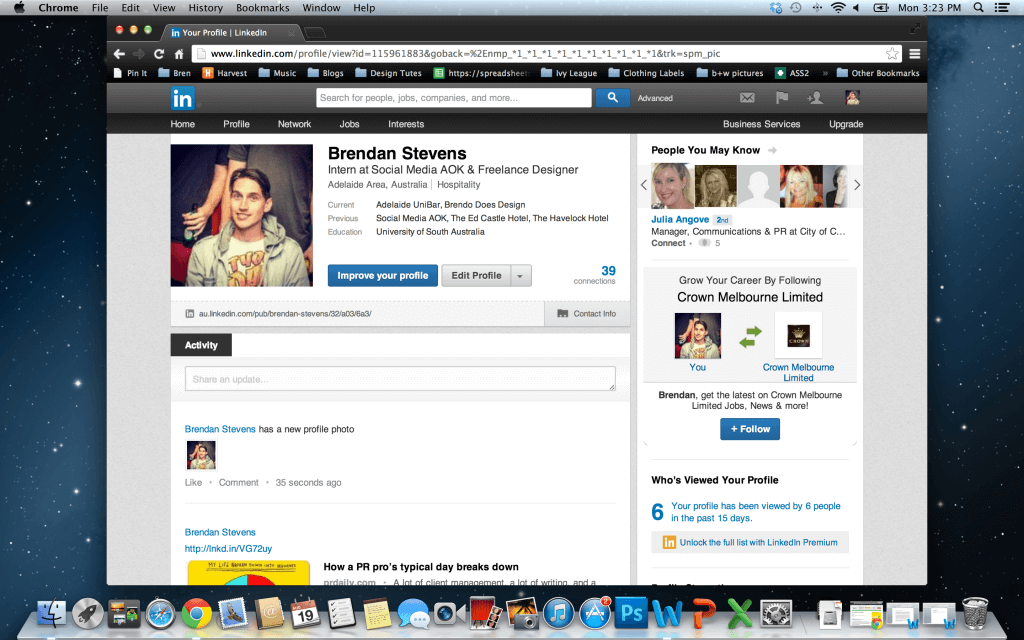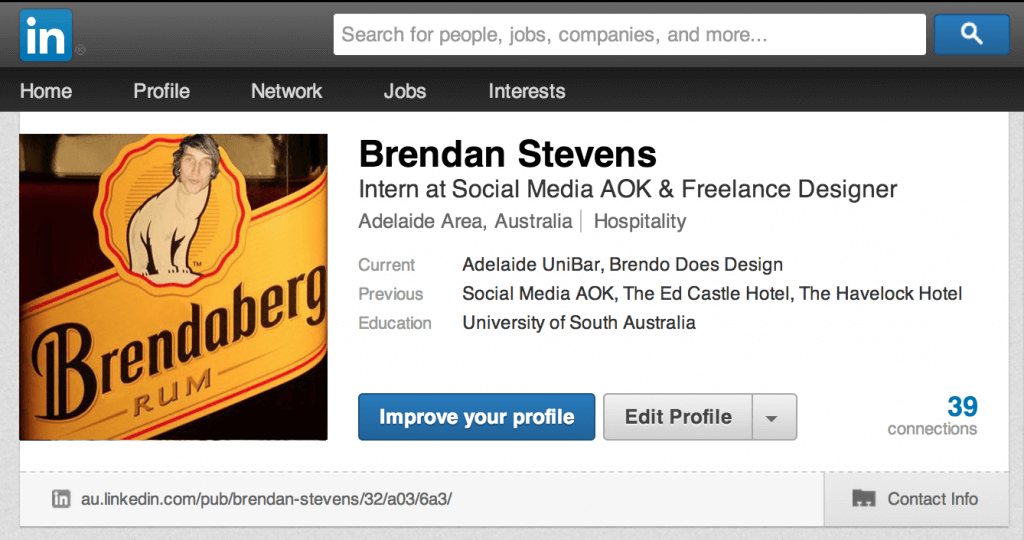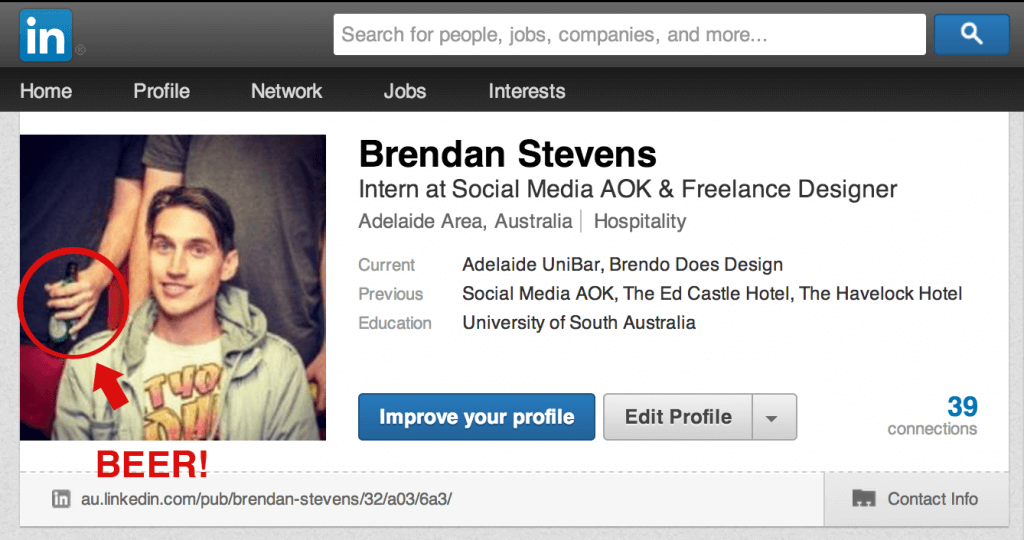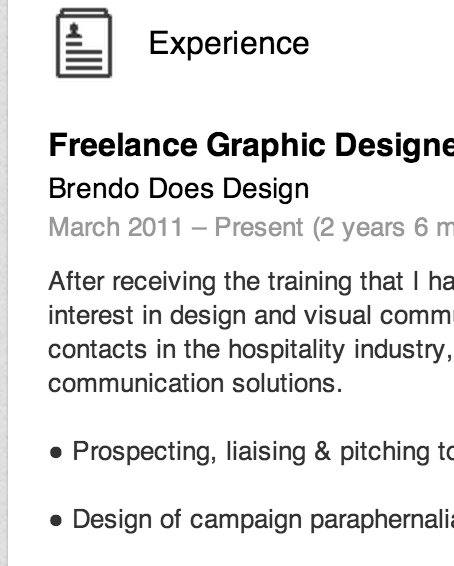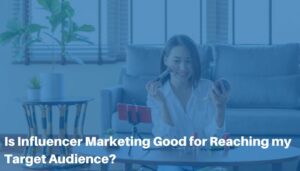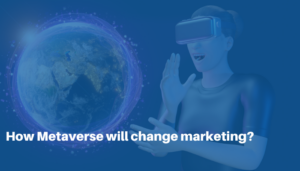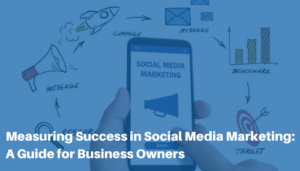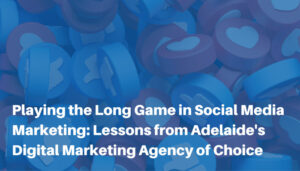LinkedIn is a powerful networking tool for university graduates and there are most certainly rules when it comes to utilising the power of it. There are hundreds of networking sites out there and it can be very confronting trying to work out where you stand in what networks. Should you make your Facebook private? Have I deleted my MySpace account from when I was 16? What was I even up to when I was 16? Your existing digital footprint can be a make or break moment in your professional career.
The most important network as a university graduate is your LinkedIn network, and more importantly, ensuring that your profile is formatted correctly, your information is relevant and most importantly, up to date. The primary purpose of LinkedIn is to maintain a list of contacts, or connections, which you have some form of relationship with. Consider it your little black book of contacts, but in an interconnected age, you now share your contacts, know who is connected with who, and to what degree you are connected to them.
Lets take a look at my profile as an example, as prior to my internship at SM:AOK as a soon-to-be graduate my profile was been under utilised, and looking back on it, certainly not ready for professional networking. Lets take a look.
I had taken a little time to loosely ‘fine tune’ my profile prior to applying for internships, and I use this term VERY loosely because it can become undone VERY FAST. Somewhere when I first started using LinkedIn I had in fact connected it with my Facebook.
GRADUATE RULE #1: Don’t link your Facebook to your LinkedIn, EVER!
I say this for a number of reasons. Obvious reasons include, your friends explicitly updating your status, unnecessary photographs, location disclosure and your general privacy. Then when it comes to your prospective employers learning more about you, this information is disclosed. Over the course of some time I had linked my other social media accounts. This is what would have been visible to my professional network. For the purpose of demonstration and a good laugh I am prepared to candidly share some photos below.
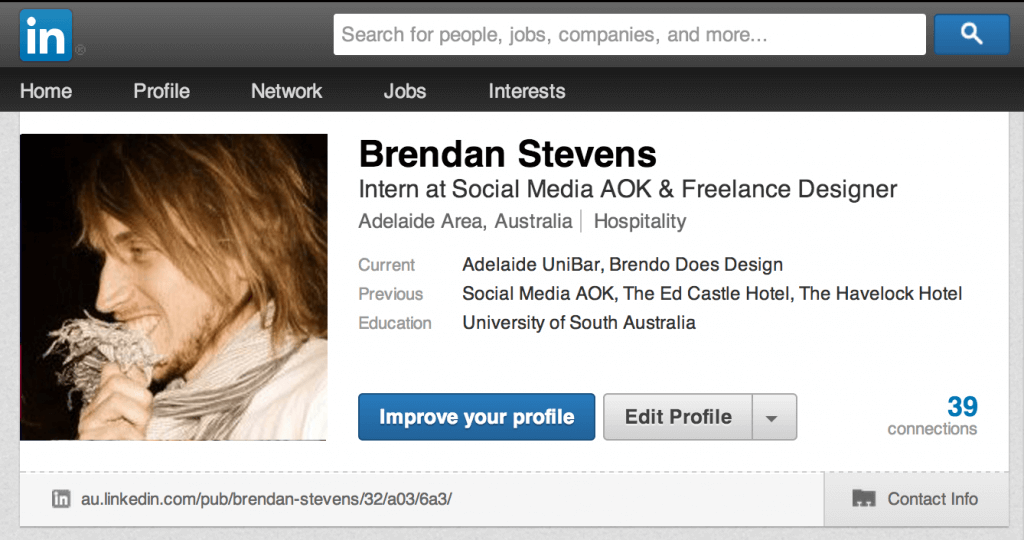
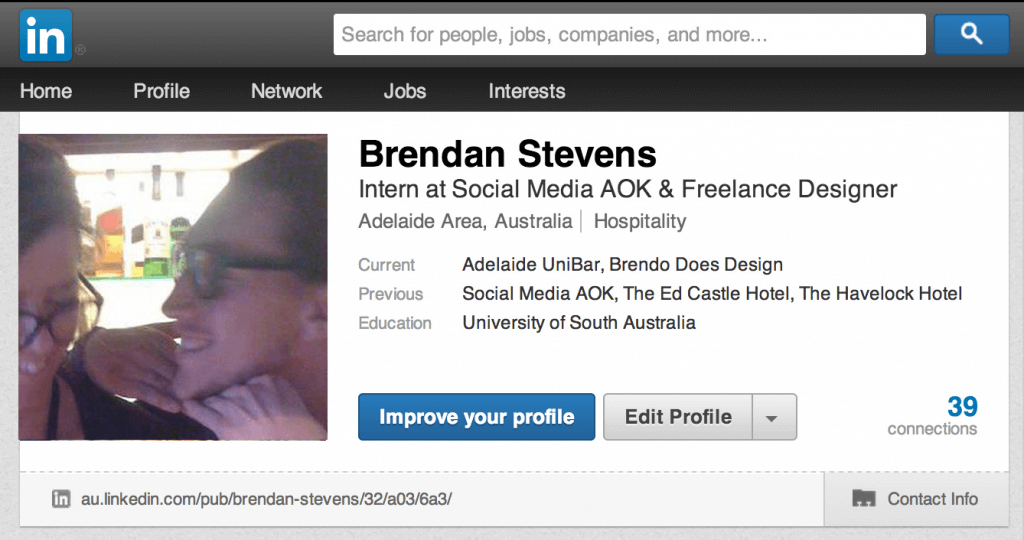
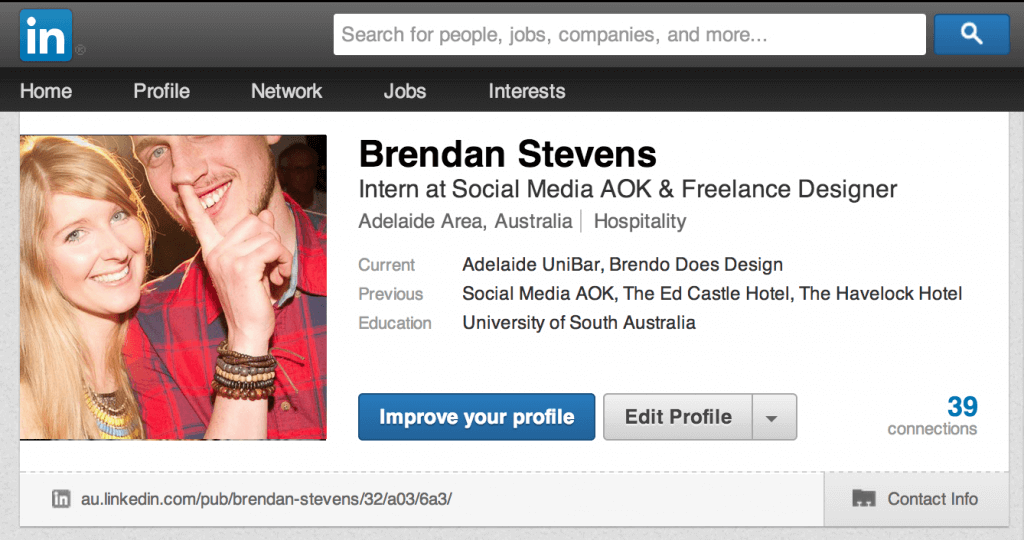
My personal favorite moment of my pre-grad career was when I Googled ‘Brendan Stevens Adelaide’, and the first picture that arrives on Google was the one listed below. I thought this was hilarious until I realised it was in fact from LinkedIn and the possible repercussions in a very small industry. This was the catalyst for change to pay attention to my LinkedIn network.
On the contrary, there are times when a type of connection to another network is essential. Clickable links to Facebook Page that generate likes or if you are a social commentator or spokesperson, there is no denying a link to that network. But as a casual user think of your social networks how Firebrand describes it:
Facebook is like a pub: It’s an informal place where people get together with old friends, shoot the breeze, tell risqué jokes, and meet people they have never spoken to before.
Twitter is like a cocktail party: There is lots going on, and it’s very high energy. Many conversations are happening at once.
LinkedIn is like a tradeshow or a corporate conference: It’s business-like. People are there to work, learn and connect with like-minded business people. Mostly everyone is aware they are ‘on show’, and put their best foot forward. At the “Conference” you watch your language and dress up a little.
GRADUATE RULE #2: Choose a PROFESSIONAL photo.
After the second meeting I had a SM:AOK, as I was leaving Simone pulled me aside and says:
“By the way Brendan, it might be a wise idea to change your profile picture.”
I say,
“Oh really? What is the problem?”
What I saw after carefully curating my profile picture from my Facebook was, clean cut, fresh haircut but still slightly casual. My main focus was I was still a normal person but still presentable.

Simone replies,
“It’s not a good look on your LinkedIn to have a beer in your hand!”
What Simone sees:
Under no circumstances is this professional or acceptable for your professional network. Not even if you work in a hotel or bar. Needless to say I was embarrassed. Ensure that you have a professional photograph of yourself or at very least a headshot with business attire. Every action that you take is a text that says something about you.
More people on a professional network will think highly of you as a professional by dressing the part, as opposed to thinking highly of your record collection because of the Black Sabbath tee that your wearing.
GRADUATE RULE # 3: Complete your profile and keep it up-to-date.
Herein lies the most important part of your profile, the information and experience that defines your credibility. Ensure that all information is correct
Granted I was lazy and had not really give LinkedIn a real go prior to my final units at University, and my profile read like an entry level casual employee. LinkedIn is now content rich, which allows you to insert photographs, links, portfolios and videos to associate them with any work experience or projects you have completed. If you don’t have any formal experience, be sure to include samples of University work. Don’t hesitate to show your self off to prospective employers. Keep all information relevant, concise and formal.
Upon redeveloping my profile, it now is formal and uses imagery to highlight some of the workplaces that I have excelled in, and highlight a brief folio of work that I have completed in relation to specific projects.
GRADUATE RULE #4: Connect with people, ESPECIALLY your lecturers, mutual connections and industry leaders.
Connect with people, this is the purpose of having a social network, but remember to always be professional. Consider sending a custom request along with your reason that explains your connection. It may be a colleague, a guest presenter at university or someone within your city that is a pro in your field. After connected, engage with them on their post and conversations if you are so qualified to do so.
GRADUATE RULE #5 : Ask for RECOMMENDATIONS
Ask your previous employers, lecturers or anyone you professionally worked with for recommendations. Recommendations look much better than endorsements, because they add personal details to your experience. The words that appear on screen come from a real person who has taken time to recommend you as opposed to someone who may have just clicked a button in passing. These details could be the make or break when it comes to your prospective employers or collaborators.
Click to view the UPDATED LinkedIn profile of Brendan Stevens
